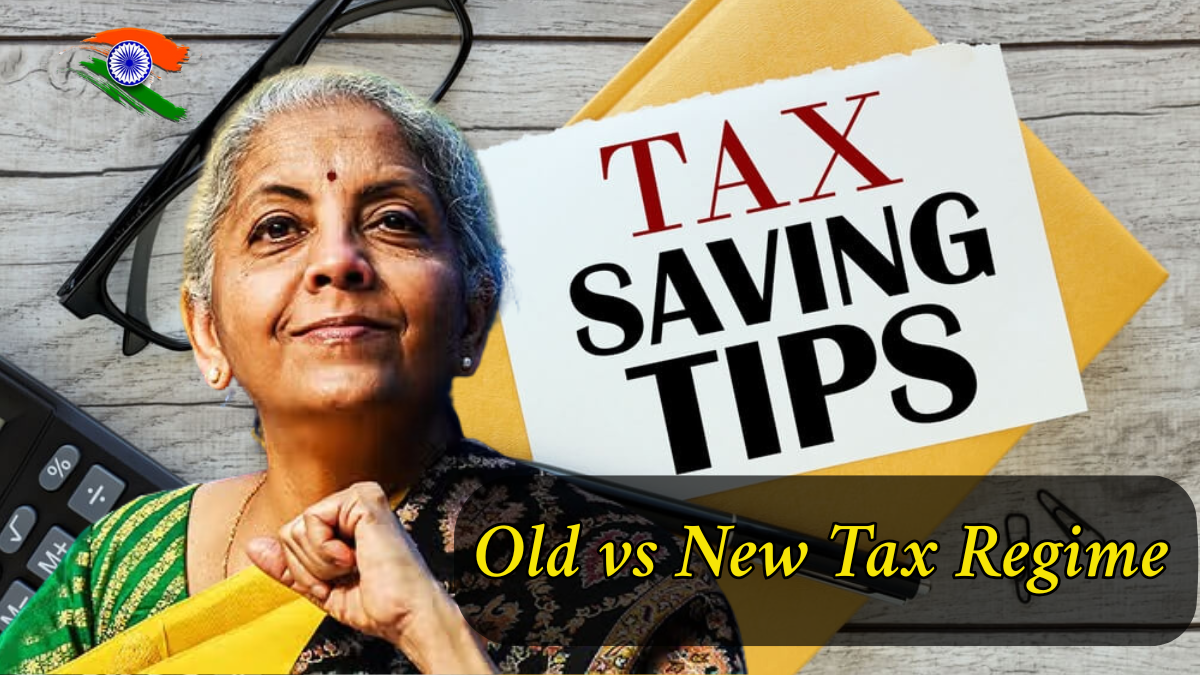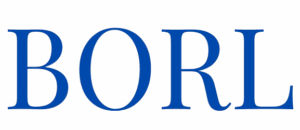Choosing between the old and new tax regimes is a crucial decision for Indian taxpayers in the financial year 2025–26. While the new regime offers lower tax rates, it eliminates most exemptions and deductions. Conversely, the old regime allows various deductions, potentially leading to greater tax savings for those who utilize them. This article provides a comprehensive comparison to help you determine which regime suits your financial situation best.

Table of Contents
Summary Table: Old vs. New Tax Regime (FY 2025–26)

Feature |
Old Tax Regime |
New Tax Regime |
|---|---|---|
Tax Rates |
Higher rates |
Lower rates |
Standard Deduction |
₹50,000 |
₹75,000 |
Section 80C Deduction |
Up to ₹1.5 lakh |
Not available |
Section 80D (Health Insurance) |
Up to ₹25,000 (₹50,000 for seniors) |
Not available |
HRA Exemption |
Available |
Not available |
LTA, Conveyance Allowance |
Available |
Not available |
Home Loan Interest (Section 24b) |
Up to ₹2 lakh |
Not available |
Flexibility in Tax Planning |
High |
Low |
Suitable For |
Individuals with investments and deductions |
Individuals with minimal deductions |
Official Tax Calculator |
Understanding the Tax Regimes
Old Tax Regime
The old tax regime allows taxpayers to claim various exemptions and deductions, such as:
- Section 80C: Investments in PPF, EPF, LIC premiums, ELSS, etc., up to ₹1.5 lakh.
- Section 80D: Health insurance premiums up to ₹25,000 (₹50,000 for senior citizens).
- Section 24(b): Home loan interest deduction up to ₹2 lakh.
- House Rent Allowance (HRA): Exemption based on salary structure and rent paid.
- Leave Travel Allowance (LTA) and other allowances.(The Economic Times)
These deductions can significantly reduce taxable income, making the old regime beneficial for those who invest in tax-saving instruments.
New Tax Regime
Introduced in 2020, the new tax regime offers lower tax rates but removes most exemptions and deductions. Notable features include:
- Standard Deduction: ₹75,000.
- No deductions under Sections 80C, 80D, 24(b), HRA, LTA, etc.
- Simplified tax structure with fewer compliance requirements.
This regime is suitable for individuals who prefer a straightforward tax system without the need for extensive tax planning.
When the Old Tax Regime is Beneficial
1. Claiming Multiple Deductions
If you invest in instruments like PPF, EPF, LIC, or ELSS under Section 80C, and also pay for health insurance (Section 80D) or home loan interest (Section 24b), the old regime allows you to claim these deductions, reducing your taxable income substantially.
2. Paying Home Loan EMIs
Home loan borrowers can benefit from deductions on both principal (Section 80C) and interest (Section 24b) repayments under the old regime, which are not available in the new regime.
3. Receiving Allowances
If your salary includes components like HRA, LTA, or conveyance allowance, the old regime permits exemptions on these, leading to tax savings.
4. Engaging in Tax Planning
Individuals who actively engage in tax planning and invest in various tax-saving instruments may find the old regime more advantageous due to the available deductions.
When the New Tax Regime is Beneficial
1. Minimal Investments in Tax-Saving Instruments
If you do not invest significantly in tax-saving instruments or have minimal deductions to claim, the lower tax rates in the new regime may result in lower tax liability.
2. Simplified Tax Filing
The new regime’s straightforward structure simplifies tax calculations and filing, making it appealing for those who prefer ease over detailed tax planning.
Tax Slabs Comparison (FY 2025–26)
Old Tax Regime
Income Range (₹) |
Tax Rate |
|---|---|
Up to 2.5 lakh |
Nil |
2.5 – 5 lakh |
5% |
5 – 10 lakh |
20% |
Above 10 lakh |
30% |
New Tax Regime
Income Range (₹) |
Tax Rate |
|---|---|
Up to 4 lakh |
Nil |
4 – 8 lakh |
5% |
8 – 12 lakh |
10% |
12 – 16 lakh |
15% |
16 – 20 lakh |
20% |
20 – 24 lakh |
25% |
Above 24 lakh |
30% |
Note: The new regime includes a standard deduction of ₹75,000, effectively making income up to ₹12.75 lakh tax-free.(en.wikipedia.org)
Example Scenario
Consider a salaried individual with an annual income of ₹18 lakh who claims deductions totaling ₹8.63 lakh under the old regime. Their taxable income would be ₹9.37 lakh, leading to a lower tax liability compared to the new regime, where such deductions are not permitted. (The Economic Times)
FAQs About Old and New Tax Regimes
Q1: Can I switch between tax regimes every year?
A1: Salaried individuals can choose between the old and new tax regimes each financial year. However, individuals with income from business or profession can switch only once.(Income Tax Department)
Q2: Is the new tax regime mandatory?
A2: No, the new tax regime is optional. Taxpayers can choose the regime that best suits their financial situation.
Q3: How do I opt for the old tax regime?
A3: To opt for the old tax regime, you must file Form 10-IEA before the due date of filing your income tax return. (Income Tax Department)
Q4: Are senior citizens exempt from filing returns under the new regime?
A4: Senior citizens aged 75 years or above with only pension and interest income from the same bank are exempt from filing income tax returns under certain conditions. (Income Tax Department)
Conclusion
The choice between the old and new tax regimes depends on individual financial circumstances. If you have significant investments and deductions, the old regime may offer greater tax savings. Conversely, if you prefer a simplified tax structure with lower rates and have minimal deductions, the new regime could be more beneficial. It’s advisable to calculate your tax liability under both regimes using official calculators or consult a tax professional to make an informed decision.
Click Here To Know More




